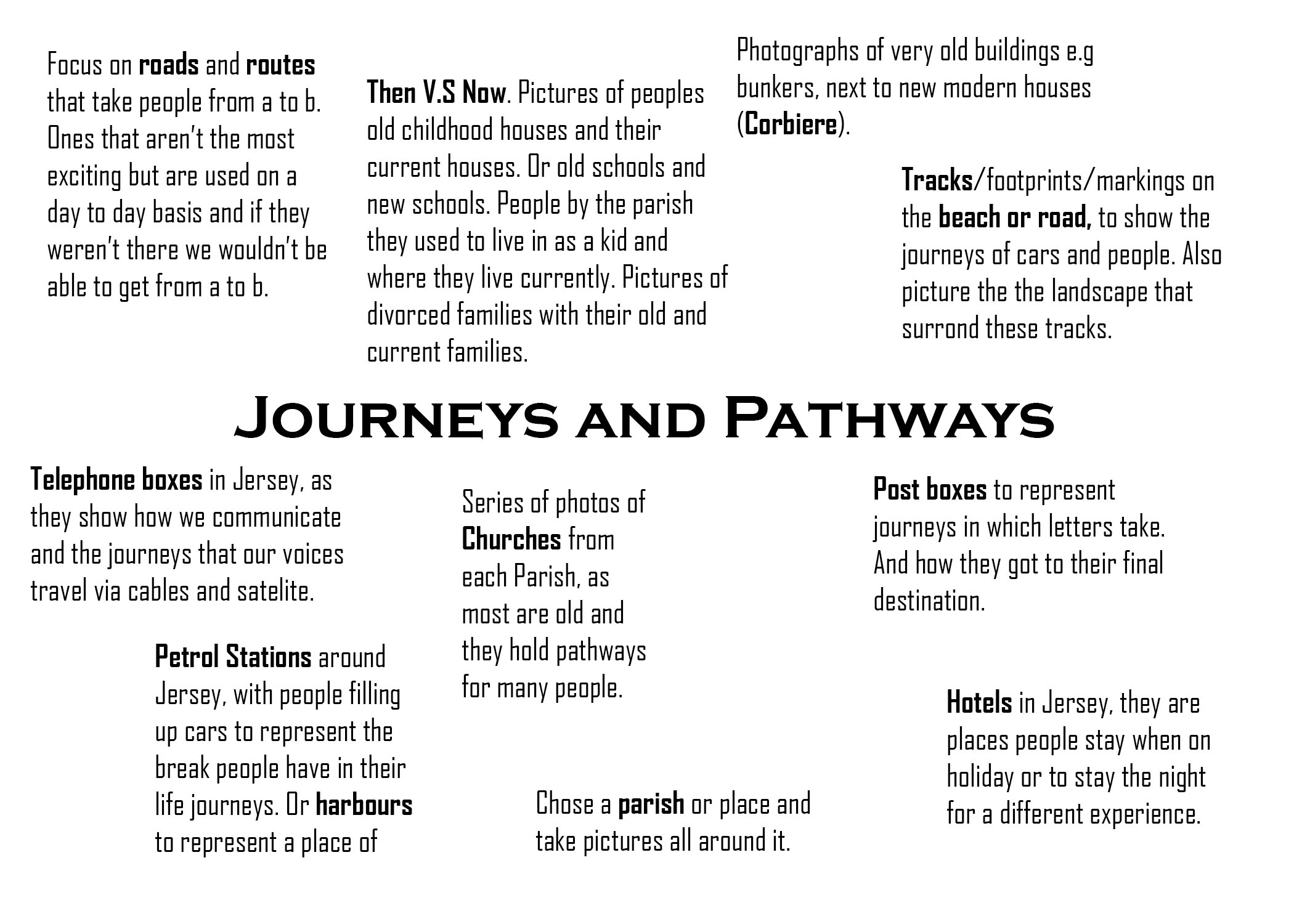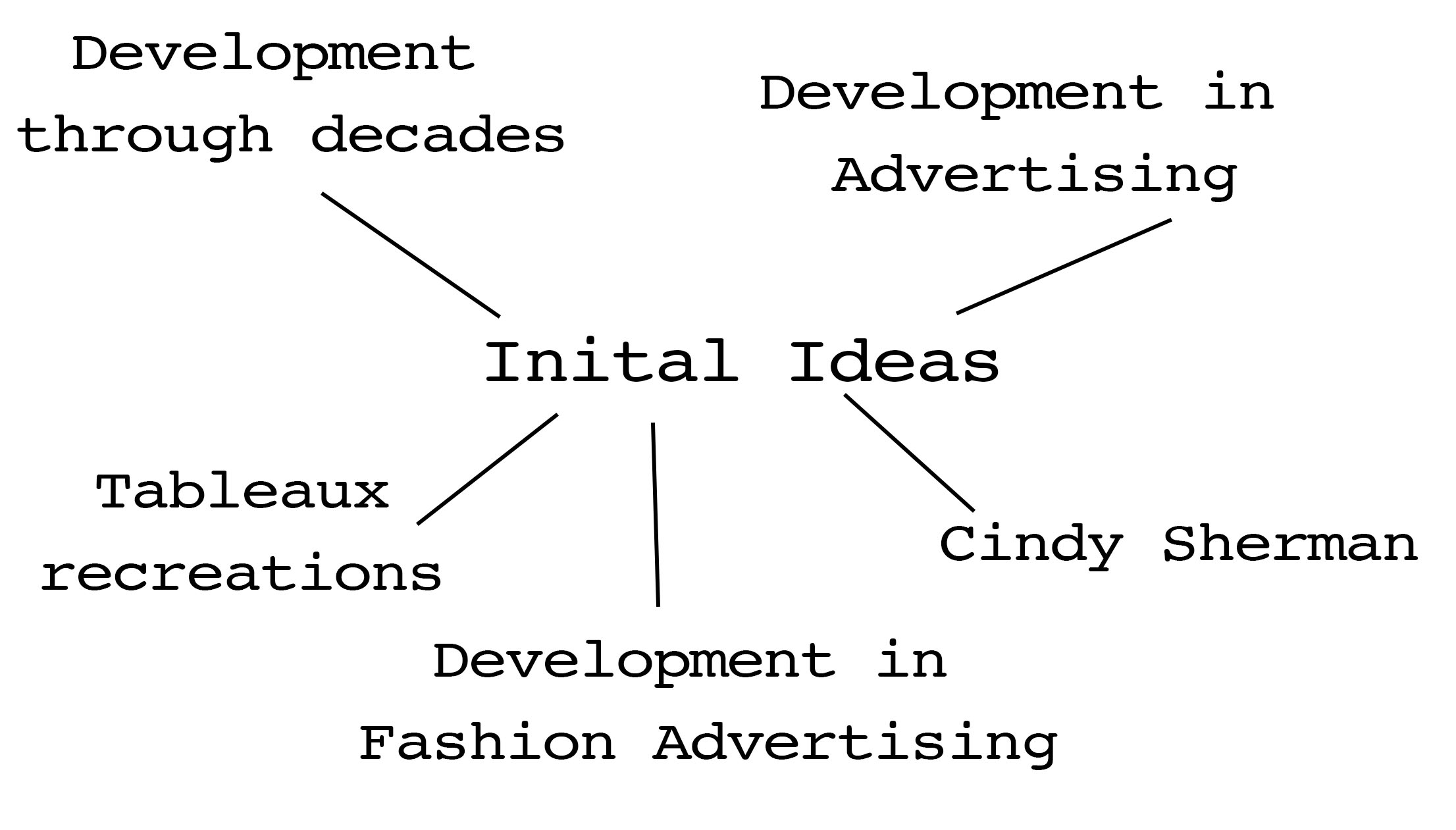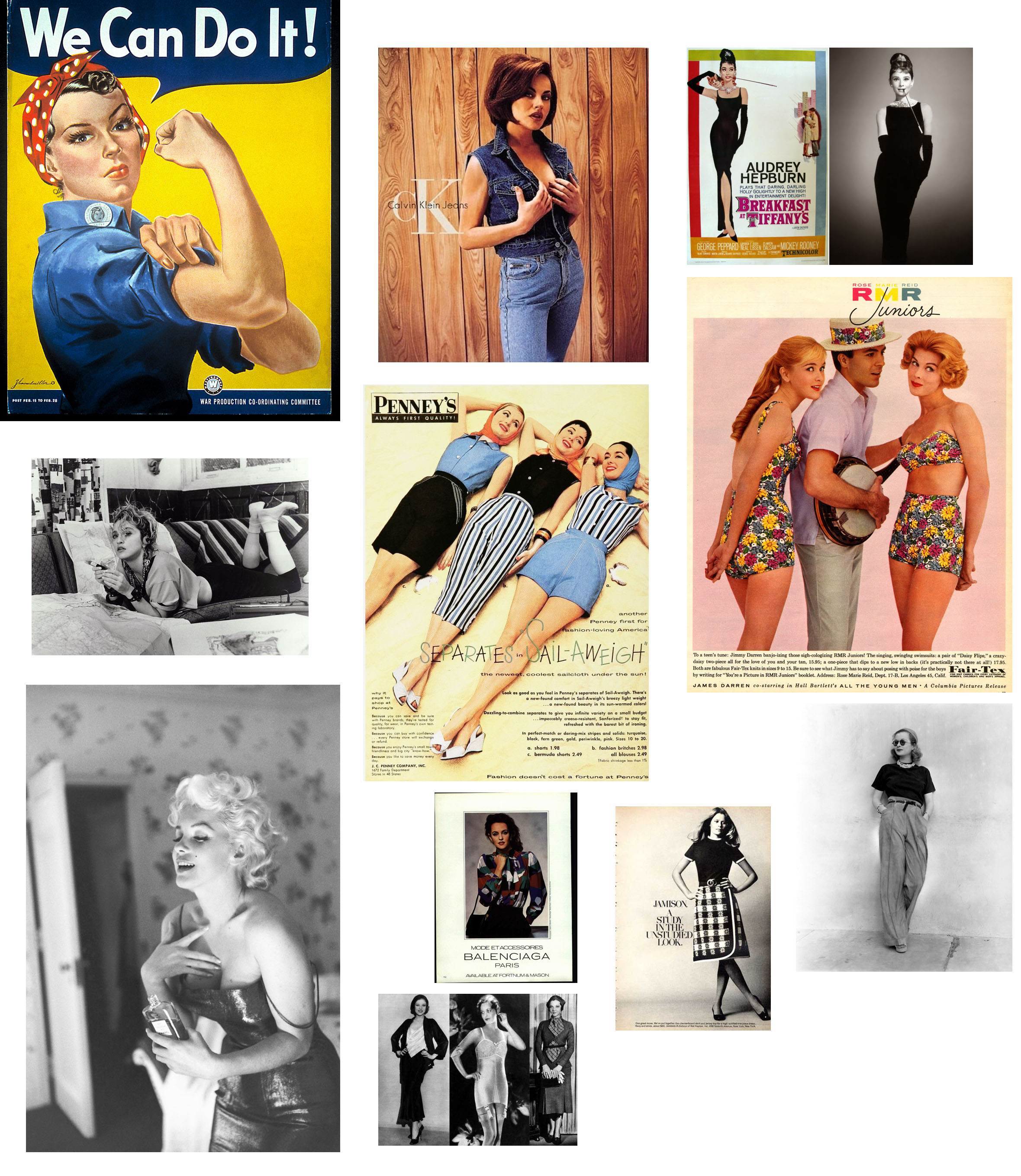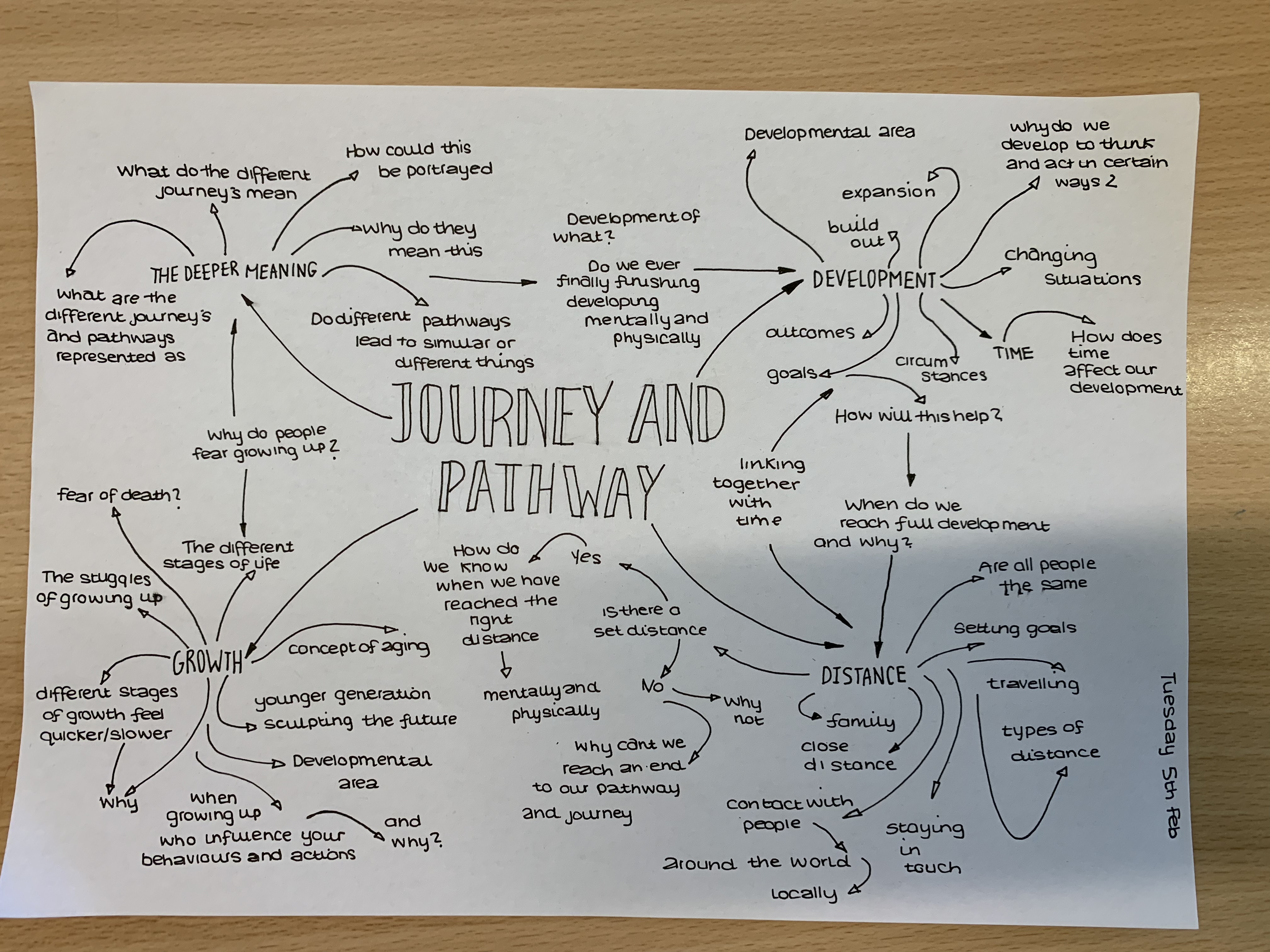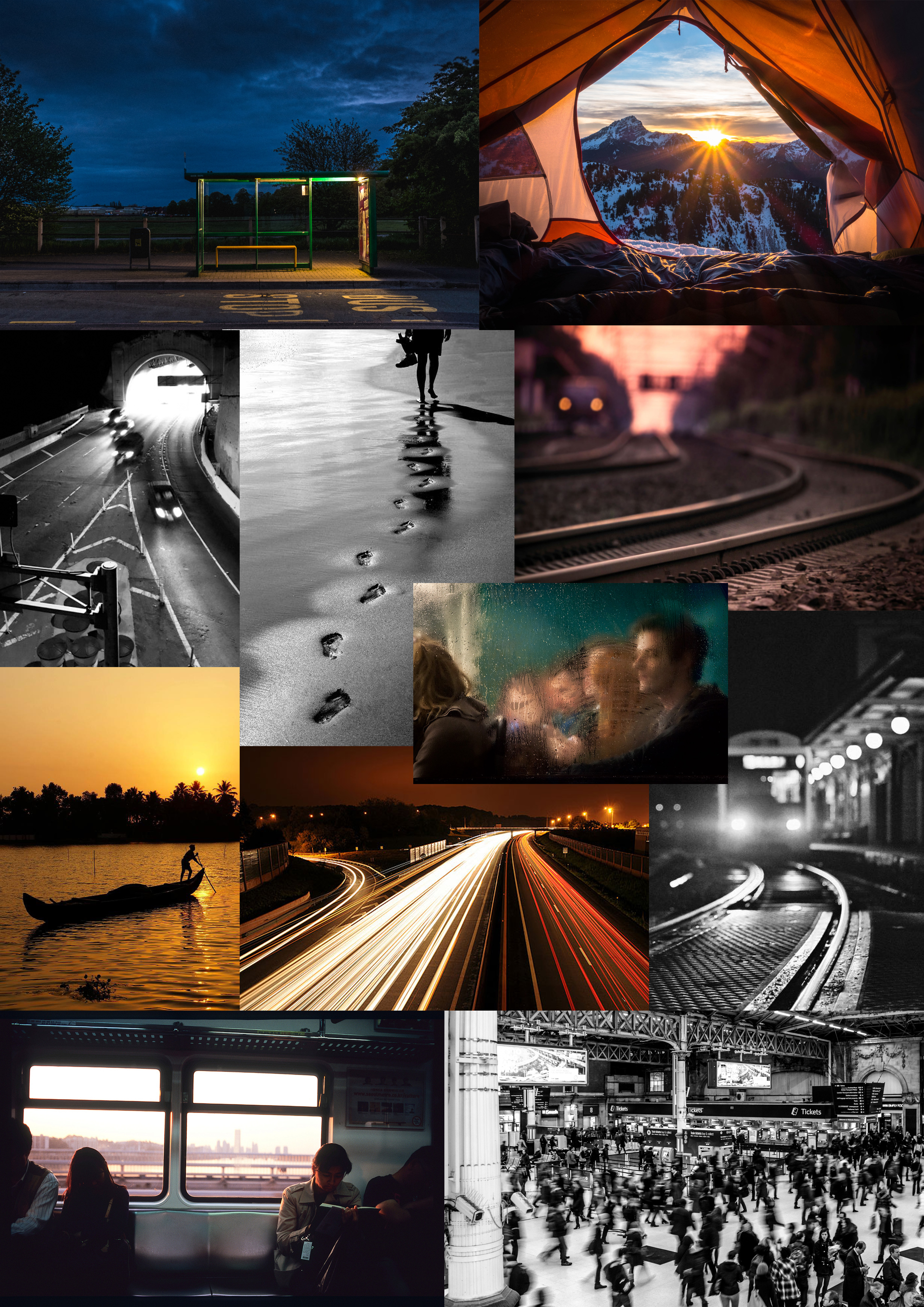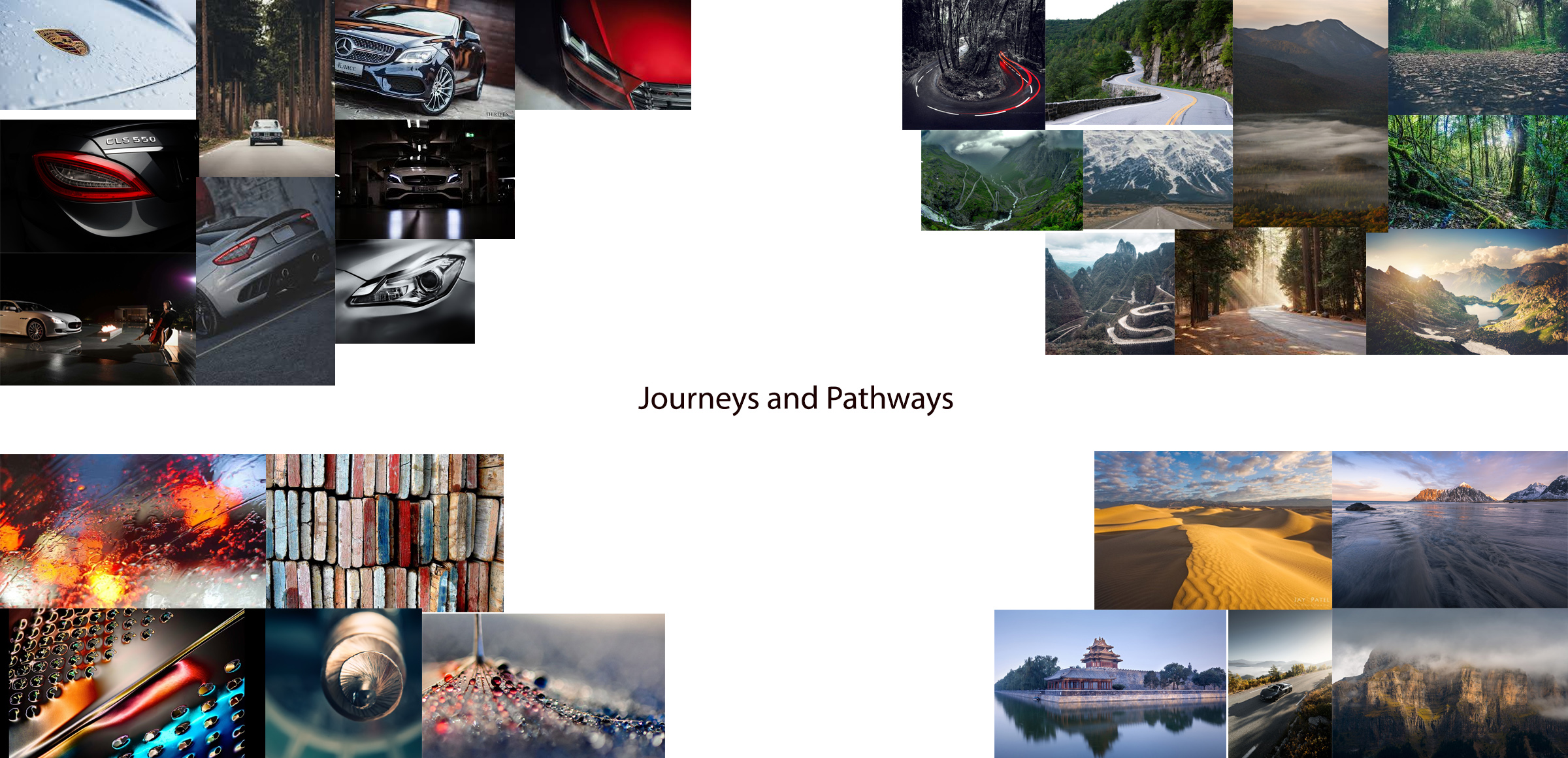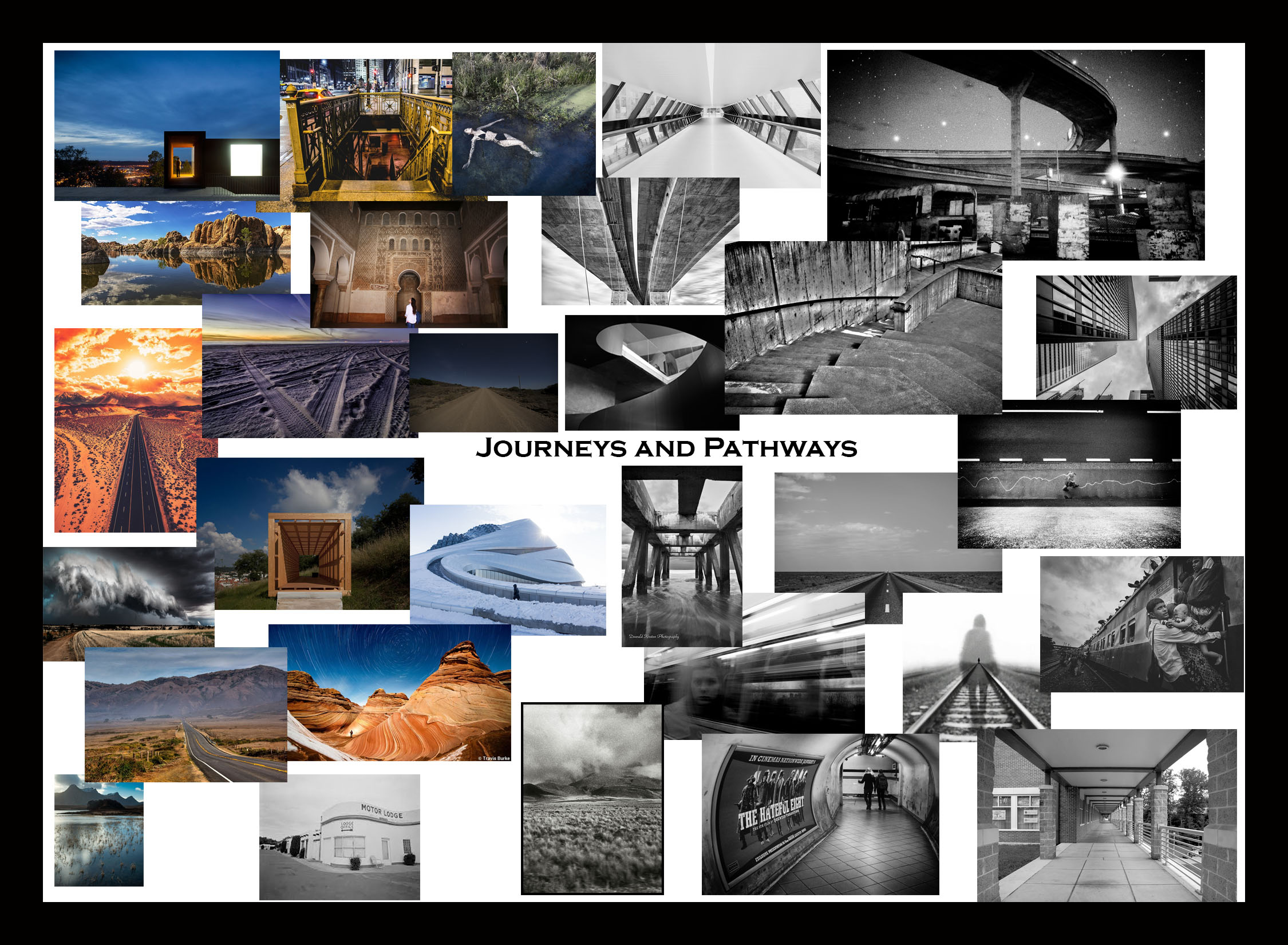Initial Camera Movement (ICM):
Intentional Camera Movement (ICM) photography is an abstract style of shooting that has no rules – it all comes down to moving your camera over a long exposure. I come from an art background and I believe this type of photography brings out the expressionist painter in all of us; instead of taking pictures with our camera we are now painting with it, and the sensor is our canvas. https://www.wexphotovideo.com/blog/tips-and-technique/a-guide-to-intentional-camera-movement-photography/
For my exam I wanted to explore with ICM (initial camera movement) again because I really enjoyed experimenting with this type of photography in my Pre AS task.
Mood board:

Andrew S Gray:
“Andrew S Gray is an image maker based in a small rural Northumbrian village only two fields away from the family farm he grew up on.
With Northumberland as a home its iconic but subtle landscapes, coastline and nature in general have shaped his vision from an early age and continues to inspire him – though the thought of the challenge of a change of scene does appeal now and again.
A long time self-confessed nerd, he is most comfortable not just out in the countryside or on the beach with a camera but also shut away in front of a computer for hours on end making images from the data our digital cameras produce. He’s never been afraid of carrying out seemingly excessive alteration to his captured images, which has probably been a large factor in the way his individual style of intentional camera movement photography has developed over the years.
While in the past, he’s always enjoyed having a camera in his hand, making traditional landscape images of the local iconic views and more intimate landscape scenes, after a spell of loving making minimalist long exposures, usually monochromatic, he stumbled (literally) on intentional camera movement.
It wasn’t long after this trip that he first saw the work of Valda Bailey who was just a short amount of time into developing her multiple exposure style, and he was captivated. He loved it, but hadn’t seen anything like it before, using a camera at any rate. So he began his journey which has ended up with him all but abandoning the “reality” of photography and instead he used the old English master painters of the 19th century, along with the later impressionists as his inspiration to create the work he currently do. A huge influence and someone he actively tried and mimicked in form and colour scheme is JMW Turner.
After years of trying to find a niche, he has now found it and is comfortable enough in it to begin dispelling his own knowledge and thoughts to others. As part of his move into creating video content he hosts a weekly YouTube live stream “Tuesday Night Edits” where he edits his work live, he also now offer 1-2-1 tuition and will soon be developing group workshops.” https://andrewsgray.photography/about/
Examples of his work:






